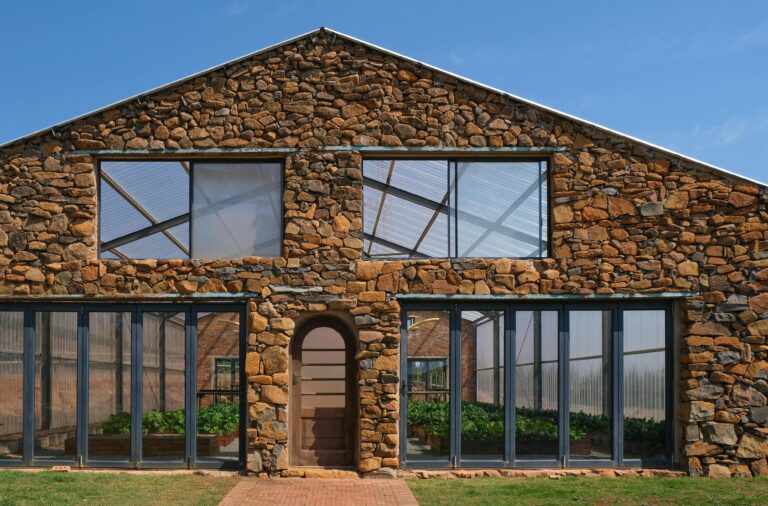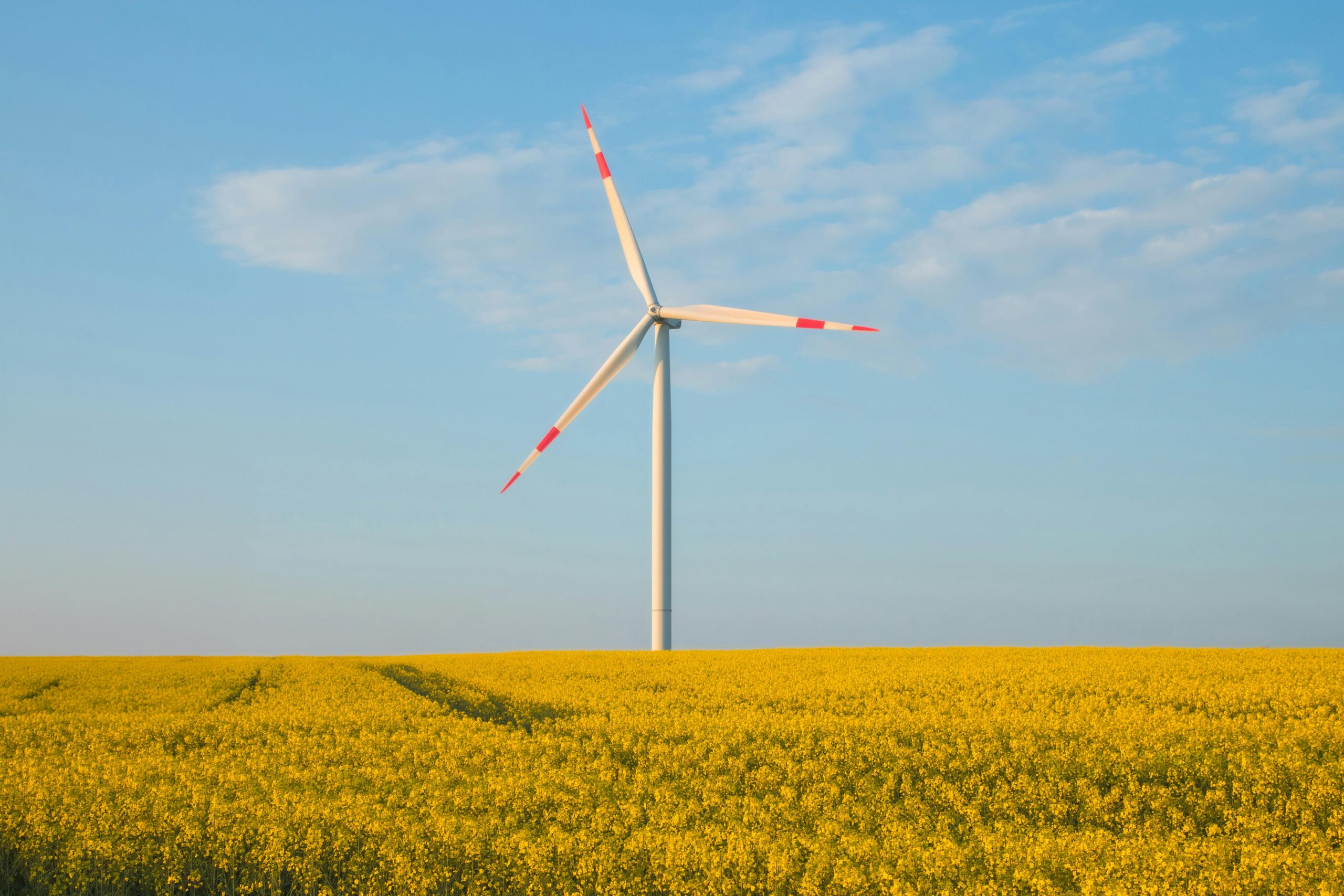In the fast-evolving real estate market of 2025, energy efficiency isn’t just a buzzword—it’s a serious selling point. Today’s homebuyers, especially millennials and Gen Z, are actively seeking properties that are sustainable, smart, and cost-effective. Making your home more energy-efficient before listing it doesn’t just benefit the next homeowner—it can boost your property’s value, attract more offers, and help your home sell faster.
Whether you’re prepping to sell your home in a few months or just beginning the process, here’s how to make energy-efficient upgrades that can maximize your return on investment (ROI) and turn your house into a hot listing in today’s eco-conscious market.
Why Energy Efficiency Matters in 2025
Homebuyers in 2025 are paying close attention to rising utility costs, climate change, and the long-term value of sustainable living. In fact, recent data shows that energy-efficient homes can sell for up to 7% more than comparable properties without upgrades—and they spend less time on the market.
With green mortgages, tax credits, and rebate programs readily available, buyers are also increasingly empowered to invest in homes that support a more environmentally conscious lifestyle. If your home can offer both charm and energy savings, it’s positioned to stand out in a competitive market.
1. Conduct an Energy Audit
Before making any improvements, start with a professional energy audit. Many utility companies offer them for free or at a reduced cost. An audit identifies the areas where your home is losing energy and provides a clear roadmap for the most impactful upgrades.
Key areas examined include:
- Air leaks around doors and windows
- Insulation levels
- HVAC efficiency
- Lighting systems
- Appliance energy usage
Armed with this data, you can make targeted upgrades that offer the best value for your time and money.
2. Upgrade Insulation and Sealing
In 2025, proper insulation is still one of the most cost-effective ways to boost a home’s energy efficiency. Whether it’s the attic, crawl space, or walls, adding insulation helps maintain indoor temperatures, reduces the need for heating/cooling, and improves comfort for prospective buyers.
Also, sealing air leaks with weatherstripping or caulking can have an immediate impact on utility costs—making it a low-cost, high-reward fix before listing your home.
Pro tip: Highlight recent insulation upgrades in your home’s listing description or during showings. Buyers love knowing they won’t need to worry about drafts or high energy bills.
3. Install a Smart Thermostat
Smart thermostats are an affordable and highly desirable addition for energy-conscious buyers. Devices like the Google Nest or Ecobee allow homeowners to control temperature remotely, monitor energy usage, and reduce heating/cooling bills by learning user habits.
These thermostats are relatively easy to install and can help showcase your home as modern, connected, and efficient—qualities that resonate strongly with tech-savvy buyers in 2025.
4. Upgrade to Energy-Efficient Windows
Old, single-pane windows can be a red flag for potential buyers. Replacing them with Energy Star-certified double or triple-pane windows can dramatically reduce heating and cooling costs, improve comfort, and even reduce outside noise.
Although the initial investment can be steep, upgraded windows can offer up to 70% ROI at resale, especially in areas with extreme weather or high utility costs.
If full window replacement isn’t feasible, consider window film or storm windows as a budget-friendly alternative.
5. Swap Out Old Appliances
Appliances account for a large portion of a home’s energy usage. If your refrigerator, washer, dryer, or dishwasher is more than 10 years old, consider replacing it with Energy Star-rated appliances before listing your home.
Not only do newer appliances reduce energy and water usage, but they also offer a sleek, updated look that appeals to modern buyers. In 2025, energy efficiency and style go hand-in-hand—make sure your kitchen and laundry room reflect that.
6. LED Lighting Throughout
One of the simplest energy upgrades you can make before selling is swapping out old incandescent or CFL bulbs for LED lighting. LEDs use 75% less energy and last significantly longer.
Make sure your home is bright and welcoming during showings—proper lighting also enhances your home’s visual appeal in listing photos and walkthrough videos.
Buyers often notice (and appreciate) these small details that show the home is well cared for and up to date.
7. Install Low-Flow Fixtures
Water conservation is another key element of an energy-efficient home. Installing low-flow faucets, showerheads, and toilets can reduce water bills while helping buyers qualify for green mortgage incentives.
These fixtures are affordable, easy to install, and can be positioned as eco-conscious upgrades in your marketing materials.
8. Add Solar Panels (If It Makes Sense)
In some markets, installing solar panels before selling can significantly boost home value and attract a wider pool of buyers. In 2025, solar technology is more affordable and efficient than ever, and state-level tax credits and net-metering policies make solar more appealing.
However, solar panels aren’t always the right move, especially if you’re on a tight timeline or in a region where solar adoption is low. If you already have solar panels, make sure to highlight energy savings and system specs in your listing.
9. Consider a Home Energy Label
In 2025, more sellers are opting to include a home energy score or label, similar to a nutrition label but for energy performance. This makes it easier for buyers to compare homes based on long-term operating costs—not just aesthetics.
Programs like the U.S. Department of Energy’s Home Energy Score or third-party certifications like LEED, HERS, or ENERGY STAR for Homes can give your listing a competitive edge, especially in eco-conscious communities.
10. Promote the Upgrades in Your Listing
Once you’ve made the improvements, don’t let them go unnoticed. Work with your agent to feature energy-efficient upgrades in the listing description, flyers, and online marketing.
Use keywords like:
- “Energy-efficient home”
- “Low utility costs”
- “Solar-ready”
- “Smart thermostat included”
- “New insulation and windows”
These signals help your property stand out and speak directly to what buyers want in 2025: a home that’s not just beautiful, but smart, efficient, and future-proof.
Final Thoughts: The Energy-Efficient Edge
In a real estate landscape shaped by sustainability and technology, energy efficiency isn’t just a bonus—it’s a competitive advantage. Whether you’re upgrading windows or installing a smart thermostat, even modest improvements can add value, reduce time on market, and build buyer confidence.
By positioning your home as energy-efficient before selling, you’re not just boosting curb appeal—you’re investing in what matters most to today’s buyers. The result? A smoother sale, a potentially higher price, and the satisfaction of passing on a home that’s ready for the future.







